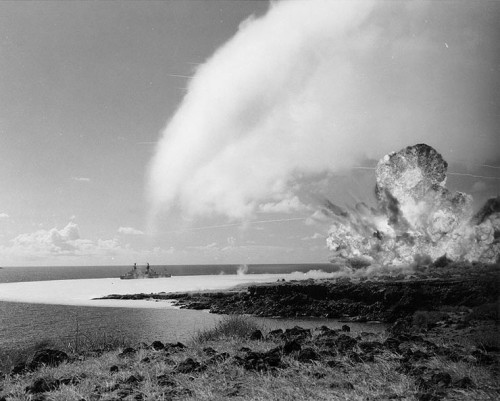Researchers in Japan have been using antibodies and biophysics to detect explosives
A team in Fukuoka has been steadily refining a quick and sensitive method, or “electronic dog nose,” for the detection of TNT. The technique uses antibodies – the same agents of the immune system that flag foreign substances in the body – and a surface plasmon resonance-based biosensor.
The researchers chemically anchor molecules of TNT to the sensor surface and then apply a fluid containing antibodies specifically tailored to recognize TNT. These antibodies “stick” to the TNT and, once in place, they generally stay in place. The only scenario that might entice the antibodies to release from the sensor surface would be the opportunity to bind to freshly introduced TNT molecules, as might occur when a suspicious sample is being tested. The more TNT in the test sample, the more antibodies will release from the surface and instead stick to the free-floating TNT molecules and drift away from the region of detection. In the absence of TNT, the antibodies remain bound, but as soon as there is as little as 0.4 parts per billion TNT, the antibodies begin to detach.
A prototype of the device was unveiled last year with a sampling time of one minute per sample and a sensitivity that rivals that of detection dogs. ~K.E.D.C.

